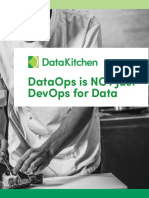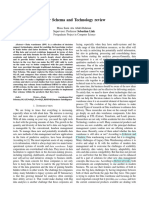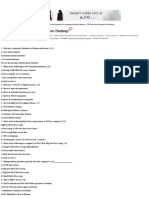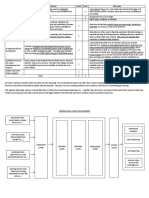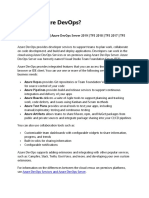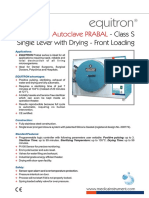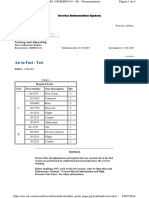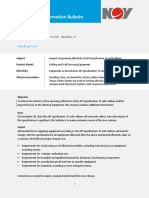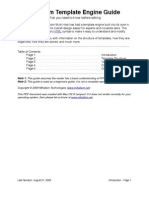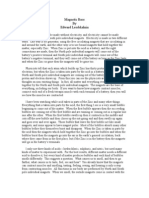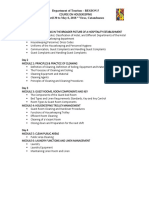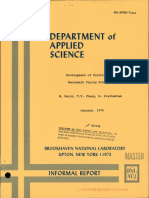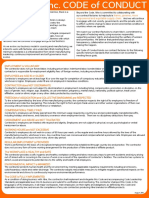0% found this document useful (0 votes)
230 views30 pagesDevOps CI and Data Warehouse
This document discusses applying DevOps principles and practices to data warehousing. It describes using SQL Server Data Tools to model databases declaratively and generate deployment scripts, as well as tools for continuous integration of SSIS, SSAS, and SSRS artifacts. PowerShell and the psake build tool are recommended for automating builds and deployments. Octopus Deploy can then deploy packaged artifacts to environments. Applying these techniques helps shorten development cycles, improve quality and enable more frequent releases for data warehouses.
Uploaded by
maghnusCopyright
© © All Rights Reserved
We take content rights seriously. If you suspect this is your content, claim it here.
Available Formats
Download as PDF, TXT or read online on Scribd
0% found this document useful (0 votes)
230 views30 pagesDevOps CI and Data Warehouse
This document discusses applying DevOps principles and practices to data warehousing. It describes using SQL Server Data Tools to model databases declaratively and generate deployment scripts, as well as tools for continuous integration of SSIS, SSAS, and SSRS artifacts. PowerShell and the psake build tool are recommended for automating builds and deployments. Octopus Deploy can then deploy packaged artifacts to environments. Applying these techniques helps shorten development cycles, improve quality and enable more frequent releases for data warehouses.
Uploaded by
maghnusCopyright
© © All Rights Reserved
We take content rights seriously. If you suspect this is your content, claim it here.
Available Formats
Download as PDF, TXT or read online on Scribd
/ 30
